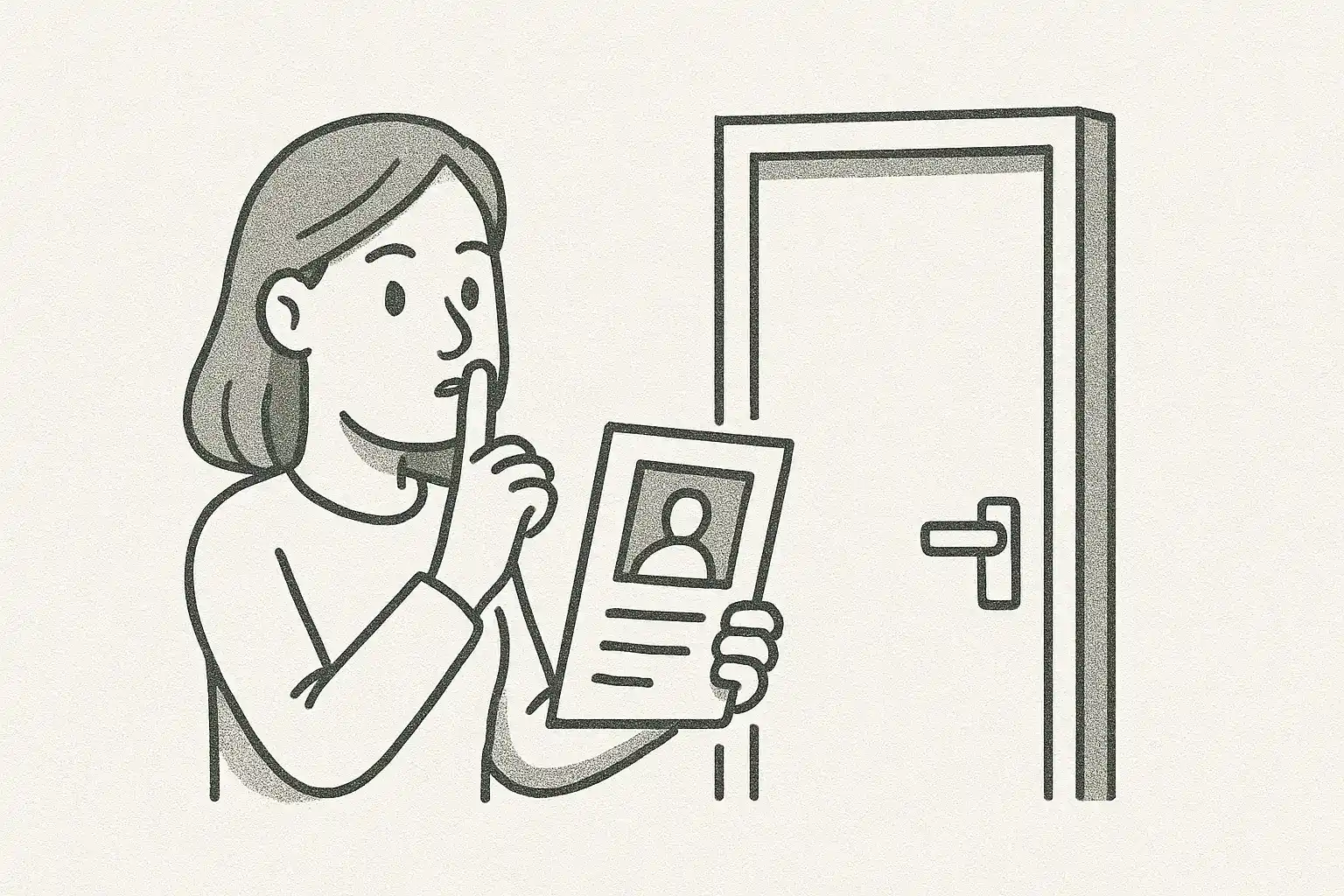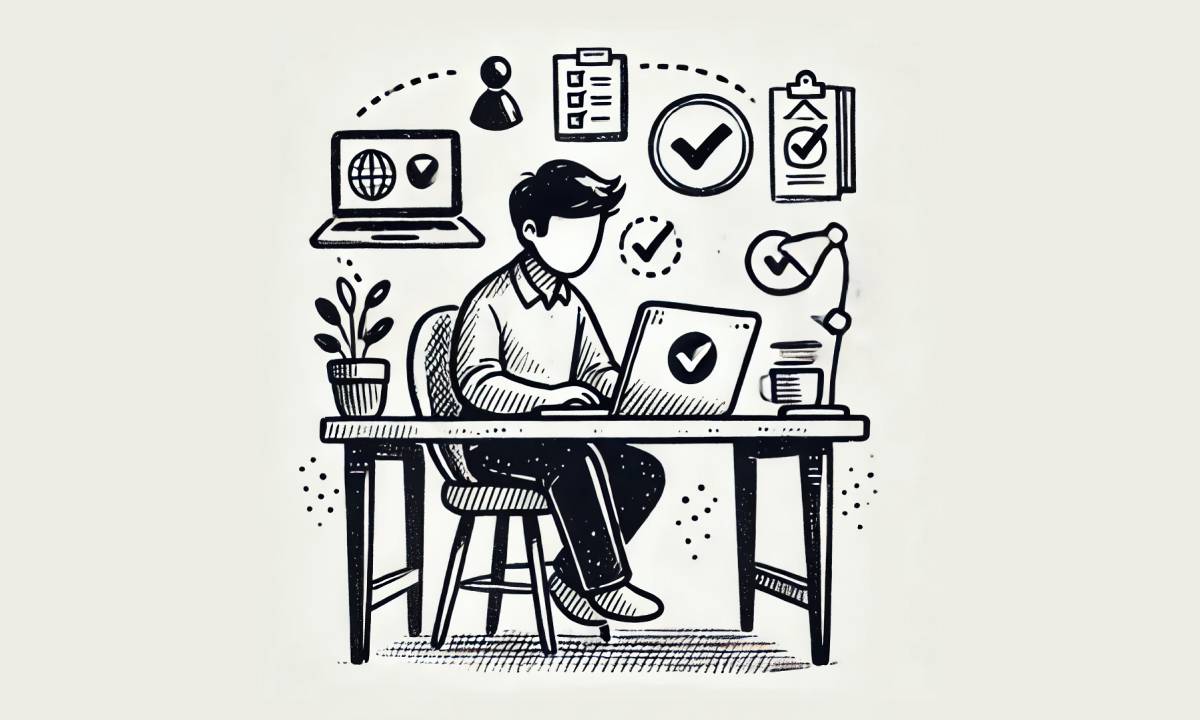The past few years have seen a seismic shift in the way people work. The global pandemic has forced organizations to embrace remote work, and many companies are now continuing with flexible work arrangements even as the world returns to normalcy. The adoption of remote work has brought about various benefits, including increased flexibility, reduced overhead costs, and an expanded talent pool. However, it has also raised concerns about employee monitoring and striking the right balance between trust and accountability.
This article will explore remote work and employee monitoring, discussing the various tools and practices organizations have adopted to keep track of employee productivity. It will also address the ethical considerations surrounding these practices and provide guidance on how to maintain a healthy balance between trust and accountability.
The Rise of Remote Work
The rapid adoption of remote work has been primarily driven by necessity, but many organizations have found that it offers significant advantages. Employees often report higher satisfaction due to the flexibility and improved work-life balance, while employers benefit from reduced overhead costs and access to a more extensive, diverse talent pool.
However, remote work comes with its own set of challenges. Managers must ensure that their teams remain productive and engaged while working outside the traditional office environment. This has led to a surge in the demand for employee monitoring tools, which can help track employee activities and measure productivity.
Employee Monitoring Tools
There is a wide array of tools available for organizations to monitor employee productivity, ranging from time-tracking software to more invasive methods such as screen monitoring and keystroke logging. Some popular tools include:
- Time-tracking software: Applications like Toggl and Harvest allow employees to log the time they spend on various tasks, providing managers with insight into how work hours are being utilized.
- Project management platforms: Tools like Asana, Trello, and Basecamp facilitate communication and collaboration among team members and allow managers to monitor task completion and progress in real time.
- Screen monitoring: Some employers use software like ActivTrak or Time Doctor to monitor employees’ screens and track their activities. These tools can capture screenshots, record browsing history, and even track keystroke data.
- Video surveillance: Though less common, some organizations may use video surveillance in remote settings. Employees may be asked to keep their webcams on during work hours, allowing managers to monitor their activities visually.
Ethical Considerations
The use of employee monitoring tools raises several ethical concerns. Privacy advocates argue that these tools can be invasive and infringe on employees’ rights to privacy. Additionally, excessive monitoring can erode trust between employees and management, ultimately harming morale and productivity.
Organizations must carefully consider the ethical implications of their monitoring practices and ensure they are in compliance with relevant laws and regulations. Some countries have strict data privacy laws that place limits on what employers can monitor, and companies must be cautious not to overstep these boundaries.

Balancing Trust and Accountability
To create a productive remote work environment that fosters trust and maintains accountability, organizations should consider the following guidelines:
1. Set Clear Expectations
Clearly communicating expectations is critical for remote work success. Managers should establish performance goals and outline the metrics they will use to assess employee performance. This allows employees to understand what is expected of them and reduces the perceived need for invasive monitoring.
2. Choose the Right Tools
Not all monitoring tools are created equal. Companies should select tools that align with their values and provide the necessary data without infringing on employee privacy. In many cases, time-tracking and project management tools can provide sufficient insight into employee productivity without the need for more invasive measures like screen monitoring or video surveillance.
3. Promote a Culture of Trust
Organizations should strive to create a culture that values trust and autonomy. Micromanagement and excessive monitoring can signal a lack of trust in employees and damage morale. Instead, managers should focus on empowering their teams to work independently and take responsibility for their own performance. Regular check-ins and open communication can help to build trust while maintaining accountability.
4. Encourage Work-Life Balance
Remote work offers employees the opportunity to achieve a healthier work-life balance, but it can also blur the lines between work and personal time. Employers should encourage employees to set boundaries and create a clear distinction between work and leisure. This can help to prevent burnout and promote employee well-being, ultimately leading to a more productive and satisfied workforce.
5. Maintain Open Communication Channels
Regular communication is essential to maintaining a strong connection between remote employees and their managers. Companies should establish and maintain open communication channels that enable employees to ask questions, seek guidance, and provide updates on their progress. This will help to create a collaborative environment that fosters trust and accountability without the need for invasive monitoring.
6. Provide Training and Support
Remote work can be a significant adjustment for both employees and managers. Organizations should invest in training and support resources to help their teams adapt to the new work environment. This can include providing guidance on best practices for remote work, ensuring that employees have access to the necessary tools and technology, and offering ongoing support to help employees navigate any challenges they may encounter.
7. Regularly Review Monitoring Practices
Organizations should periodically review their employee monitoring practices to ensure they remain relevant and effective. This may involve soliciting feedback from employees, assessing the impact of monitoring on productivity and morale, and evaluating whether alternative methods might be more appropriate. By regularly assessing their practices, companies can strike the right balance between trust and accountability while adapting to the changing landscape of remote work.
Conclusion
The shift to remote work has forced organizations to reevaluate their approach to employee monitoring. While it is essential to maintain accountability and ensure productivity, it is also crucial to balance these needs with respect for employee privacy and autonomy. By setting clear expectations, choosing the right tools, promoting a culture of trust, and maintaining open communication channels, companies can create a productive remote work environment that fosters trust and accountability without sacrificing employee well-being.
You might also like: Why Companies That Ignore Remote Hiring Will Lose the Talent War









